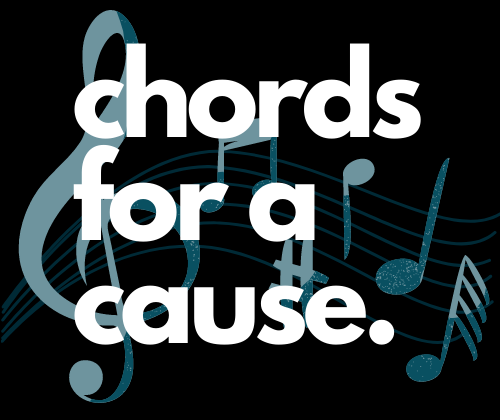Technology and Music


Technology, as we know it, doesn’t play a massive part in our musical experience, but it is involved more than we realize. Technology is involved in the construction of concert halls, the recording of broadcast music, and also the design and reinforcement of musical instruments.
Technology came to use very early on in the music world. In 1877, Thomas Edison invented the crude cylinder phonograph. By the end of the 19th century, companies from the US and England were already manufacturing disc recording of music. Technology created a vital thing: The preservation of music performances. The tape recorder, invented half a century later, made performances not only preserved but alterable. It allowed the possibility to edit music: Fragmented, combined, distorted, and even changing the key and speed of a recording. Hal Freedman’s composition, Ring Precis, an eighteen-hour recording from the mid-’70s, is an excellent example of this invention. His tape was broken up into three parts, played simultaneously, and compressed into a 3-minute piece. Today, electronic technology has contributed to almost every part of the music experience we witness, which means we rarely listen to unaltered music. Recording technology has urged us to reconsider completely unchanged music. It is unreasonable to expect a record to be 100% pure and unedited. Scores these days infrequently show an indication of manipulated variables, meaning recordings are often entirely different from the original.
According to music theorist Walter Everett, from his experience of the Beatles and their song Strawberry Fields Forever,
“two versions were done. It was originally scored for the Beatles and flutes, and recorded in the key of A at a tempo of about 92 beats per minute. After listening to the lacquers, Lennon decided it sounded ‘too heavy’ and wanted it rescored and performed faster. A second version, with trumpets and cellos, was recorded in the key of B-flat at about 102 beats per minute. Lennon liked the beginning of the first version and the ending of the second, and asked the engineer to splice them together. When the speeds of both tapes were adjusted to match the pitch, the tempos of both were fortuitously the same at 96 beats per minute. The two portions were edited together. . . . This procedure gives Lennon’s vocals an unreal, dreamlike timbre, especially in the second, slowed-down portion of the song.”
Kramer, J. D. (n.d.). The Impact of Technology on the Musical Experience. Retrieved August 26, 2020, from https://www.music.org/index.php?option=com_content
Needham, J. (n.d.). What does technology mean for the future of music? Retrieved August 26, 2020, from https://www.bbc.co.uk/programmes/articles/1f3JQ4knLJBWhgpj3wPv7xL/what-does-technology-mean-for-the-future-of-music

